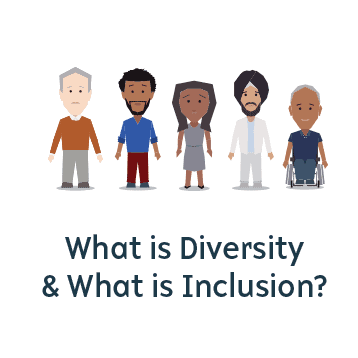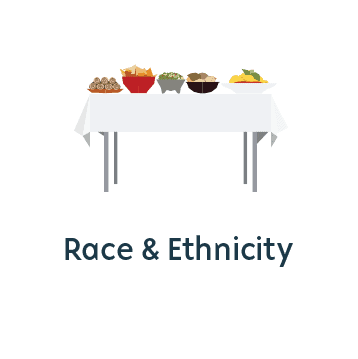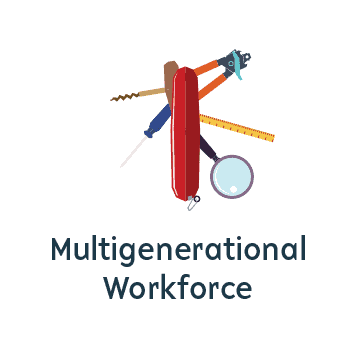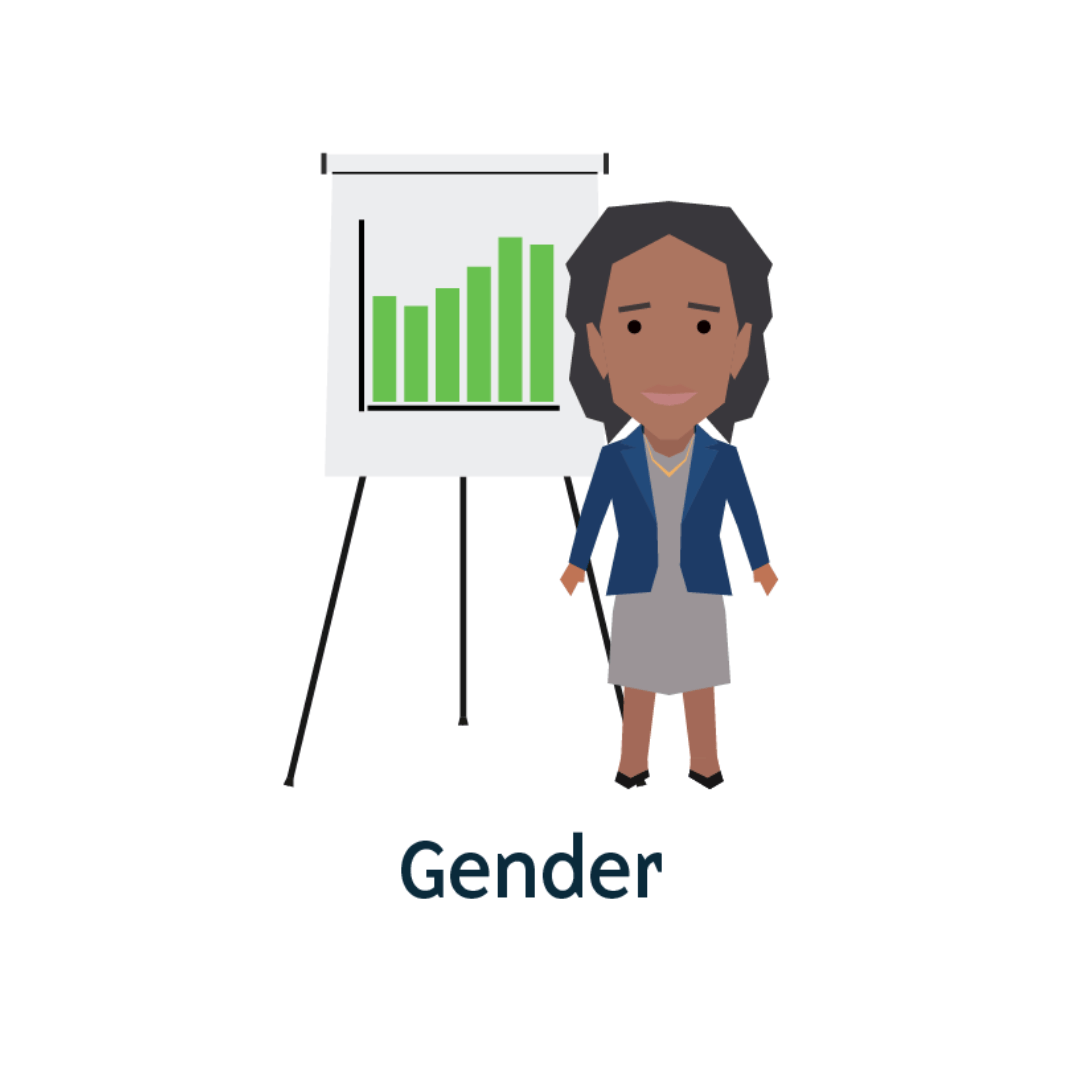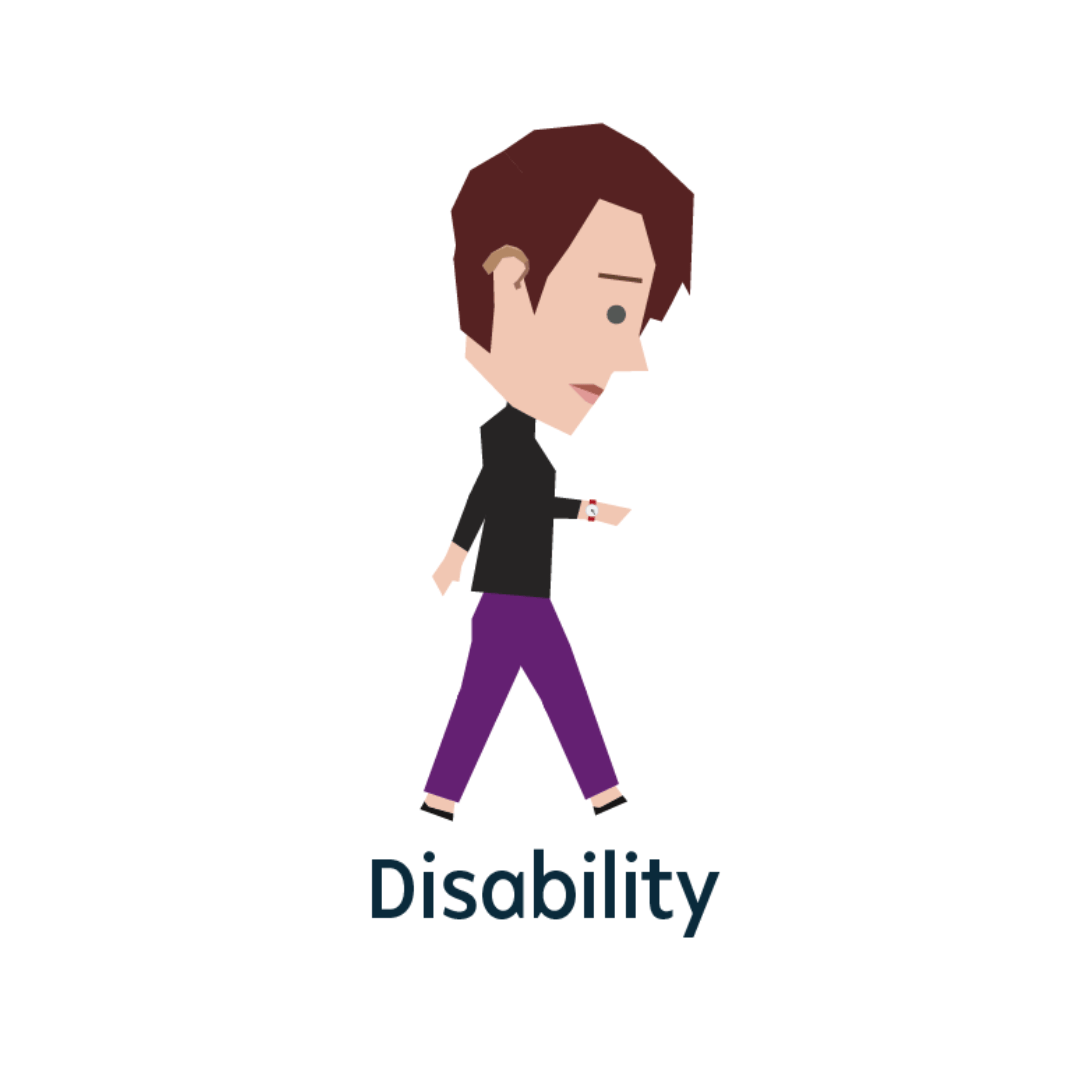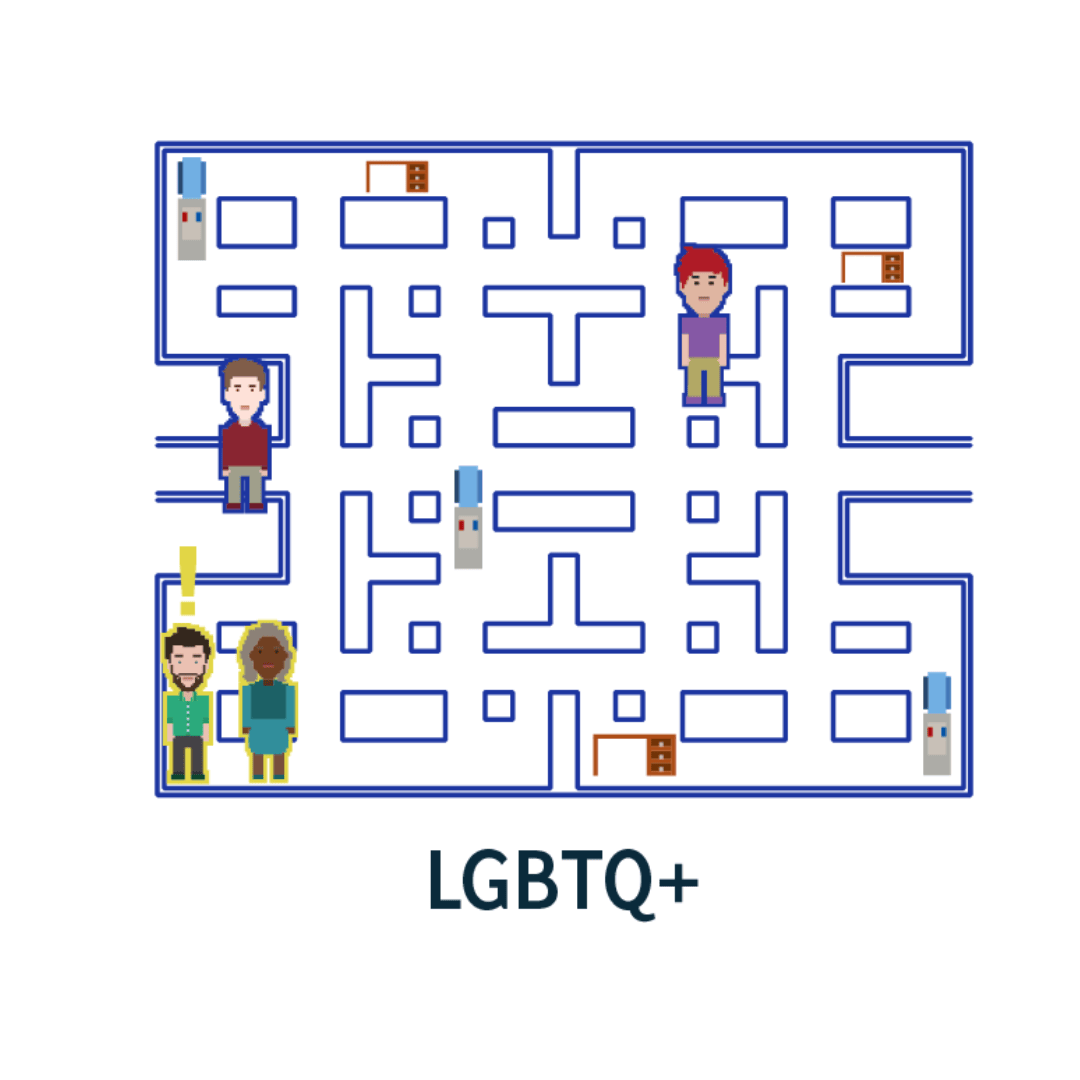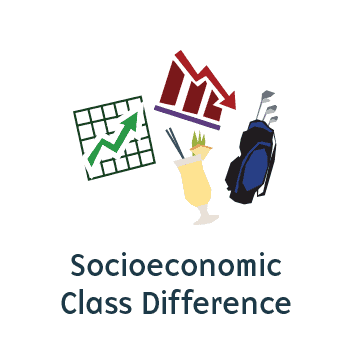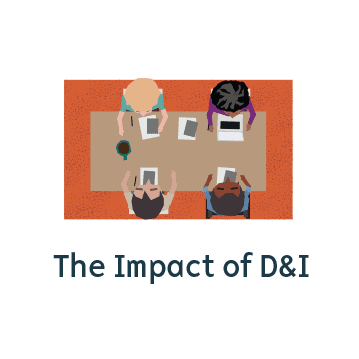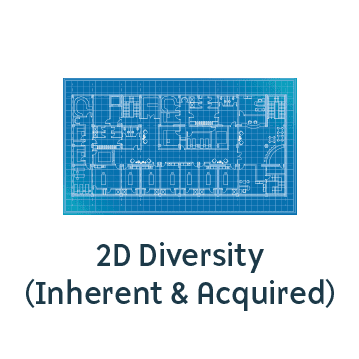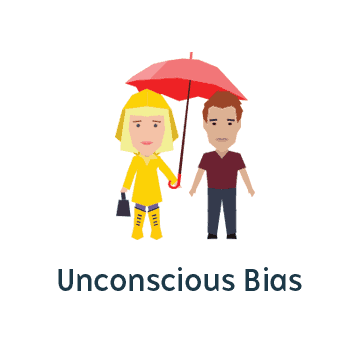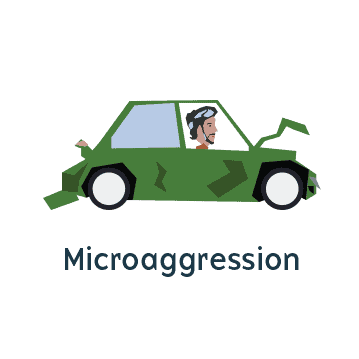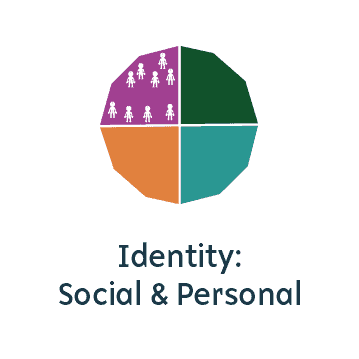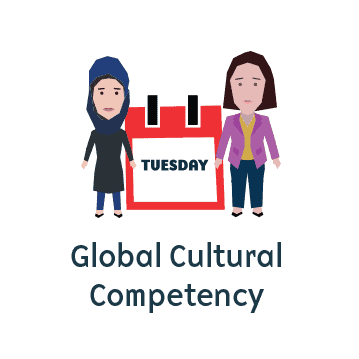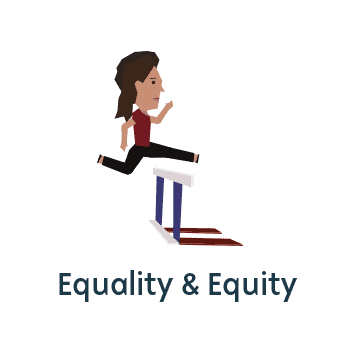What is the Compass D&I Toolkit?
What you get:
Compass D&I Toolkit Topics:
-
What is Diversity & What is Inclusion?
There are often misconceptions around what Diversity & Inclusion mean at work.
What constitutes ‘diversity’? How can I practice inclusion?
Help educate around the concepts of ‘diversity’ and ‘inclusion’, and work with employees to unpack what those concepts can mean for them as individual within your organization. -
Race & Ethnicity
Understanding the differences and overlaps between Race and Ethnicity helps your workforce navigate multicultural interactions. Work with your teams to build competency around how race and ethnicity can show up in the workplace and build skills to mitigate bias and microaggressions.
-
Multigenerational Workforce
The generational landscape of the office is quickly transforming. We currently work alongside the most age diversity we’ve ever seen in the workforce. Give your employees information about the strengths of different generations, and lead them through discussions and discoveries on how to harness the power of the total workforce.
-
Gender
Many organizations are still making strides in gender representation and compensation. Help your teams develop language around gender issues in the workplace, such as:
- Partner Leave
- Remote work flexibility
- Evaluating office dress code norms
- Evaluating facilities accommodations for parents
- Providing equal airtime to people of all gender identities in meetings
- Awareness of assumptions around task delegation
-
Disability
Understanding the spectrum of disabilities or non-normative traits is a crucial step towards inclusivity. This spectrum can include:
- Cognitive
- Physical
- Sensory
- Mental Health
- Developmental
Educate your employees on how different abilities might show up in the workplace, and how to navigate ableist ideas and norms.
-
LGBTQ+
Educate your workforce around LGBTQIA (+) – what do the letters stand for? Why the +?
Then, work with your teams to help them challenge assumptions around hetero-normative standards in the workplace. -
Socioeconomic Class Difference
In the workplace we often assume that everyone is operating from a relatively common socioeconomic status, which impacts office norms and communications. Offer your employees language and tools to communicate across lines of difference and bring awareness to possible gaps in experiences.
-
The Impact of D&I
In order for your workforce to become champions for diversity and inclusion, they have to understand how it impacts them and their colleagues. Provide employees with a framework to discover and define how they can have an impact on D&I within your organization and become advocates for the inclusion goals you’re collectively working towards.
-
2D Diversity (Inherent & Acquired)
Break down the different types of diversity elements, inherent and acquired. With a better understanding of diversity traits and possible lines of difference, employees are more equipped to manage their biases and monitor how they are showing up with colleagues.
-
Unconscious Bias
Get beyond the buzz phrase of bias and set the table for employees to unpack the concepts underneath it. Work with your teams to process the idea of unconscious bias so they can move past acknowledging bias and into real behavior change.
-
Microagression
Provide your employees with an awareness of what microaggressions are and why/how they impact both teams and individuals. Introduce your workforce to different types of microaggressions and guide them through the behaviors and consequences of how they show up at work.
-
Dominance & Oppression
Dominance and oppression can be loaded terms, but wherever there is power or privilege these forces are at play. Learning the dynamics of dominance and oppression, and unpacking situations in which different identities enforce them, is critical to an evolving diversity journey.
-
Identity: Social & Personal
Understanding identity is the cornerstone to diversity and inclusion work. Educate your employees around identity concepts and guide them towards mapping their own identities and exploring how they show up at work.
-
Global Cultural Competency
Global cultural competence is an understanding of practices and values of other cultures that enables employees to work more effectively on global teams. Provide tools for your teams so they can practice global cultural competence in all areas of your business.
-
Equality & Equity
Provide the framework for your workforce to discuss the nuanced topics of equity and equality at work. Share definitions and invite discussion around the distinction between the terms.
Compass FAQs
Bring Compass to your organization
"*" indicates required fields


